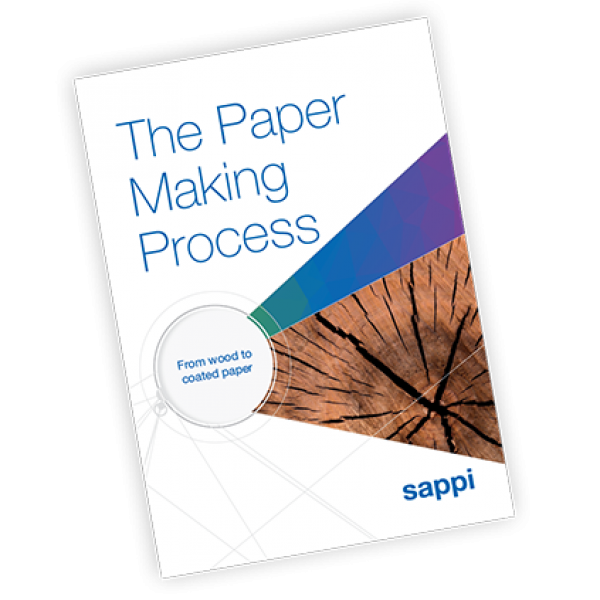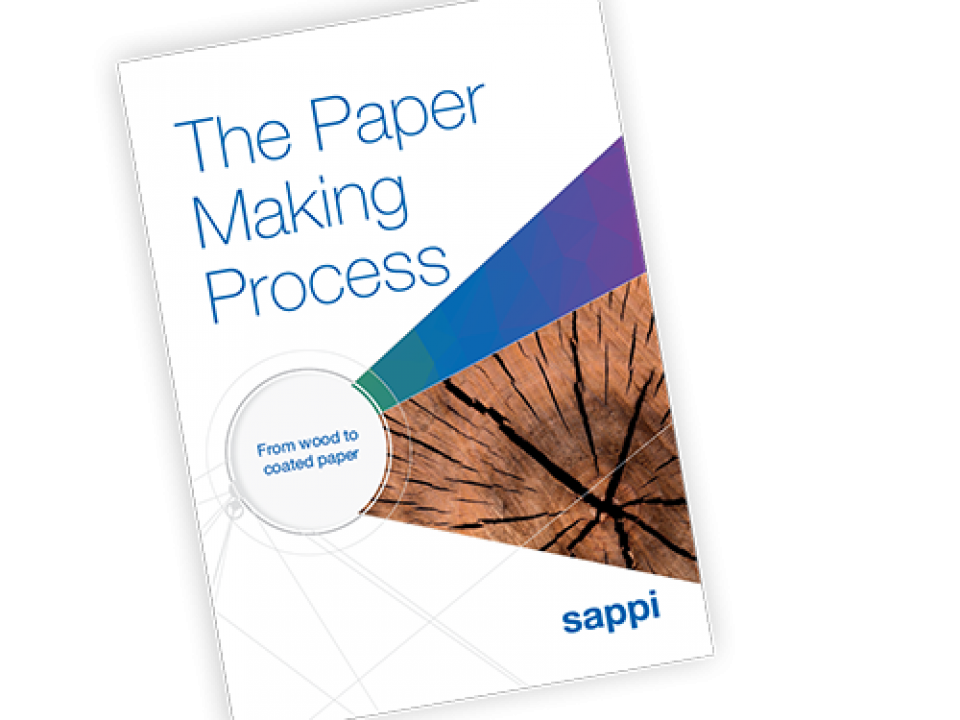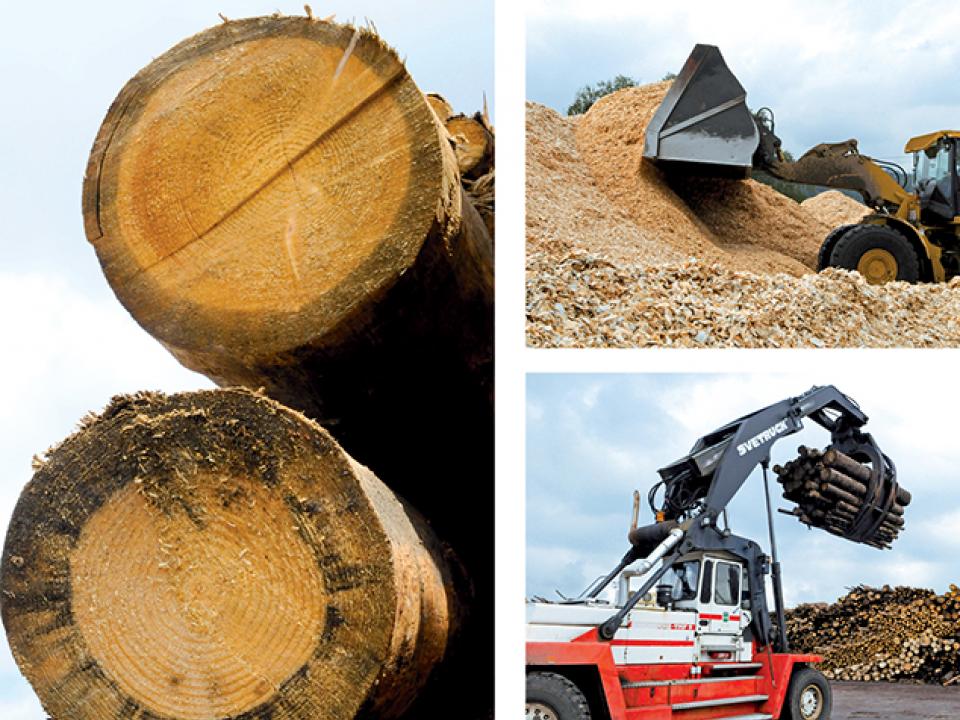The Paper Making Process Technical Brochure
Although we may take it for granted, paper is always with us, documenting and reminding us of the limitless possibilities of life. Invented by the Chinese 2,000 years ago, paper has been used since then as a communication medium. At first it was made out of fibres from mulberry bark, papyrus, straw or cotton. Wood only emerged as the chief raw material for paper mass production as recently as the mid-19th century.

The printed page is immediate, its message cutting across cultures; a tactile experience that demands attention and creates desire. It is a passport to knowledge, a storage medium, a persuasive tool and an entertaining art-form.
Paper is a sustainable resource and a permanent document. It is the universal medium on which we chronicle our everyday history. Paper carries the past. It is the canvas on which we live the present and the blueprint upon which we design our future.
Paper touches the lives of every individual on this planet and, at Sappi, we never stop thinking about this fact. We are proud that Sappi is the largest and most successful producer of coated fine papers in the world. At Sappi, we are relentlessly developing new standards for the paper industry.

What will I find inside this technical brochure?
This brochure shows how Sappi makes its first class paper, starting with the production of wood, converting it to pulp and then into a thin base paper followed by coating. It also explains the properties used to measure the quality of paper and the environmental aspects of its production.
Check out below the contents of the brochure and a preview of the first chapter.
Contents:
- Chapter 1: Forest resources
- Chapter 2: Pulp production
- Chapter 3: Paper production
- Chapter 4: Coating
- Chapter 5: Finishing
- Chapter 6: Packing of reels and sheets / storage
- Chapter 7: Paper properties
- Chapter 8: Sustainability
Chapter 1: Forest resources
Wood raw material
There are over 60,000 tree species globally. They vary widely across their characteristics, geographies and abundance.
For the paper sector, there is a much smaller number of tree species which contain the characteristics required to make paper.
Trees are divided between two main groups: Evergreens (including conifers) which keep their foliage throughout the year, and Deciduous which shed their foliage annually. For paper making, conifers are the preferred group of species as their fibres are longer than fibres of deciduous trees. Longer fibres form a firmer fibrous web and thus a firmer paper on the paper machine. Of the conifers, mainly spruce, fir and pine are used.
Deciduous species also contribute to the paper making process. Beech, birch, poplar and eucalyptus are the main deciduous species used in the paper making process.
When you look closely at wood, you can recognise that it is not homogeneous. The cells differ according to type, age, season of origination and arrangement in the trunk. On the outside is the bark, followed by the bast and the cambium, the growth tissue. By cell division, the cambium moves outwards away from the centre of the tree, and the tree gets bigger over time. The trees’ growth stagnation in winter produces the annual rings.

The trunk, with its variety of cells which are responsible for the transport of the nutrients and the saps, can be used for paper pulp. The bark cannot be used for the paper making process and is used to produce energy.
The wood must be debarked before being used for paper production. The debarked trunks are either pulped to fibres (mechanical wood pulp) or processed into chips for chemical pulp. The wood is transported to the paper mill in the form of trunks or timber mill waste (slab, chips).


